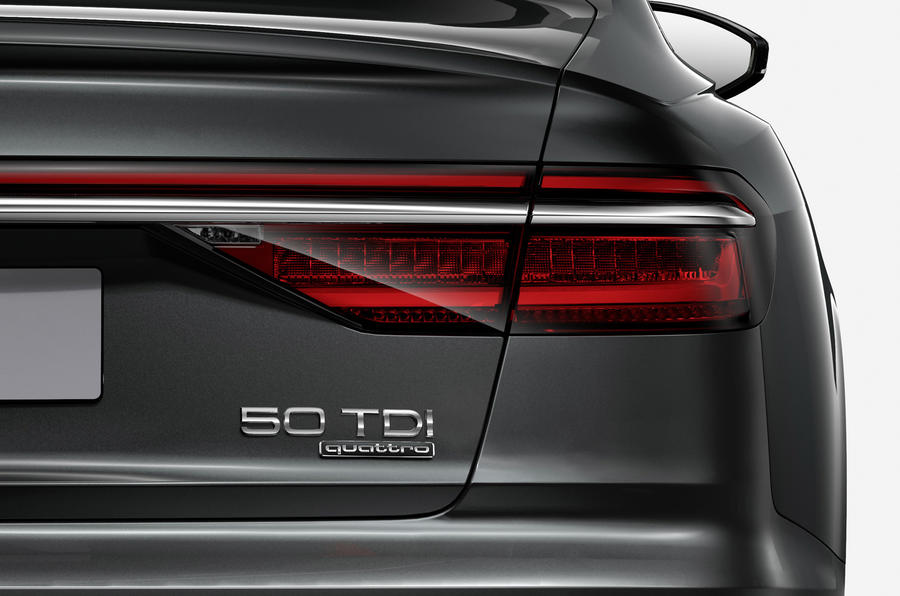Today, students around the country are receiving their GCSE results. And while they are hopefully celebrating, lots of people have been getting very confused by a new grading system.
This year, the GCSE grading system has been overhauled, with the traditional letter system replaced with a numbered version that runs from 1-9. Well, technically it runs from 9-1, because 9 is the top mark and 1 is the lowest.
But, just to be clear, 9 doesn’t simply equte to an A* under the old scheme, because the levels are different. So a C under the old system is a 4 in the new system. Sort of. A 4 is considered a ‘standard pass’, while a 5 is considered a ‘strong pass’.
Oh, and for this year, the new grading only applies to GCSEs in English and maths. And for students in England. Elsewhere, the old letter system still applies.
It’s confusing. Well, I’m confused. I suspect the smart kids who have been sitting their GCSEs understand it fully.
But watching and reading pundits and experts trying to explain the new GCSE grading system brought to mind Audi’s new model numbering system, which the firm is introducing across its whole range.
Instead of labelling each car based on its engine size, Audi will now be giving each model variant a number based on its power output.
Where is gets odd is that Audi will use numbers on a scale from 30 to 70, which goes up in increments of five. And those numbers have no direct relation to the power output range. 30 models, for example, will be for cars between 81kW and 96kW (107bhp and 127bhp).
So it’s farewell Audi A8 3.0 TDI, hello A8 50 TDI. And so long Audi Q2 1.6 TDI, welcome Q2 30 TDI.














Join the debate
Add your comment
No model inscription. Tick.
First "active" indicators, now this. Team Audii must have plenty of time on their hands.
It's normal!
Audi are using their normal 'inflation' system. As in, a "3" Series becomes an A"4". A "5" Series becomes an A"6" etc.
so now a 330's equivalent will be an A 4 40; a 340 an A4 50 etc.
it's the old "mine is bigger than yours" system.
Audi's new tricks